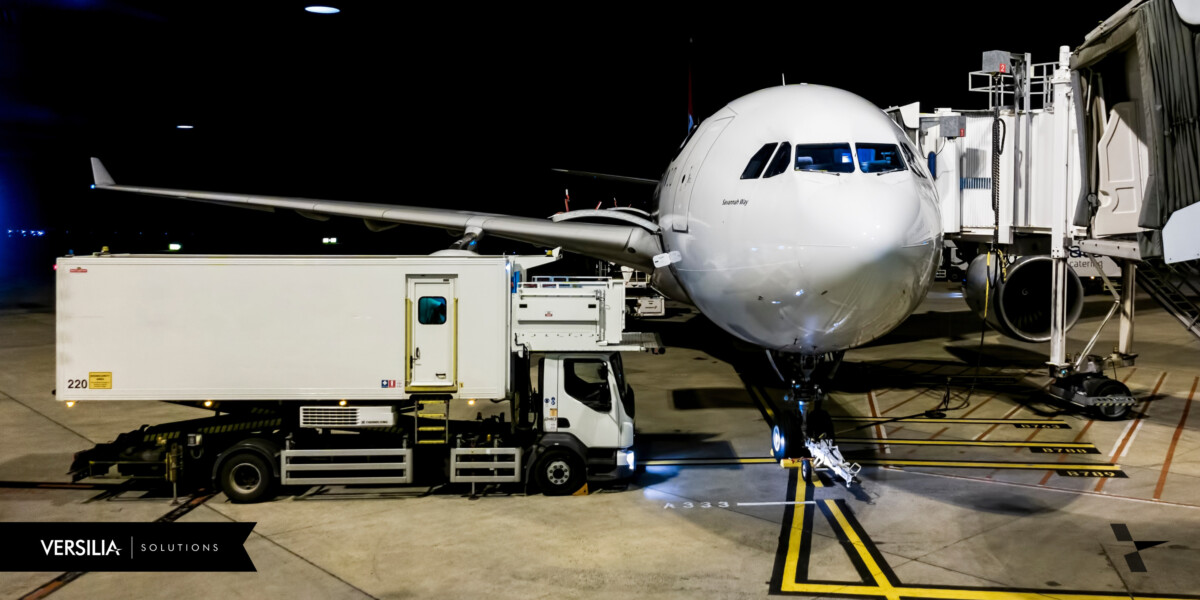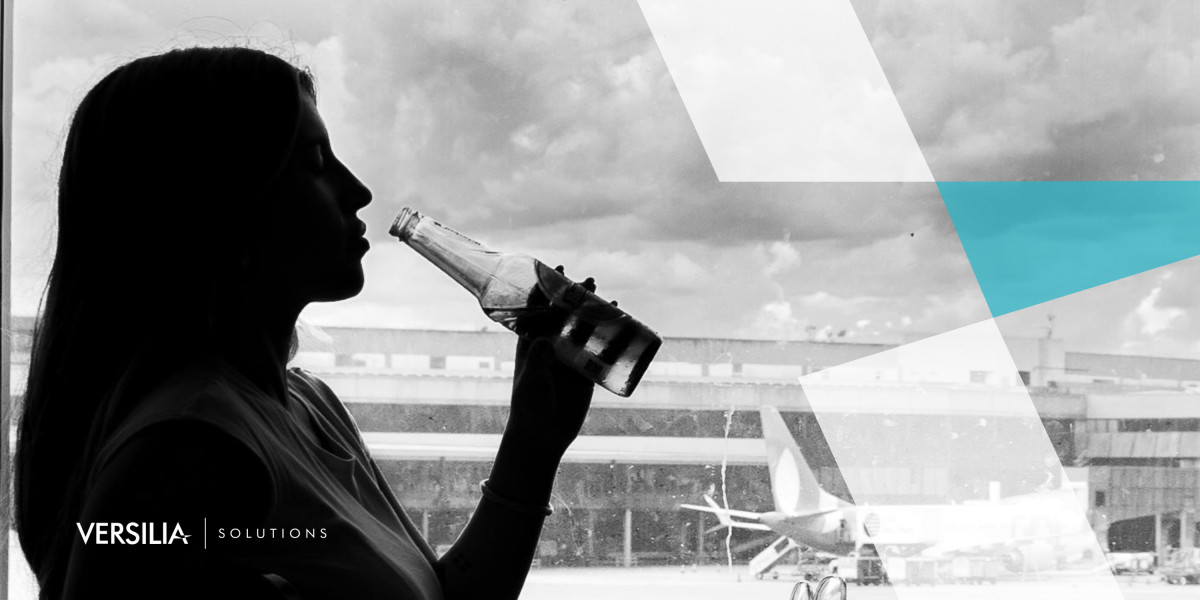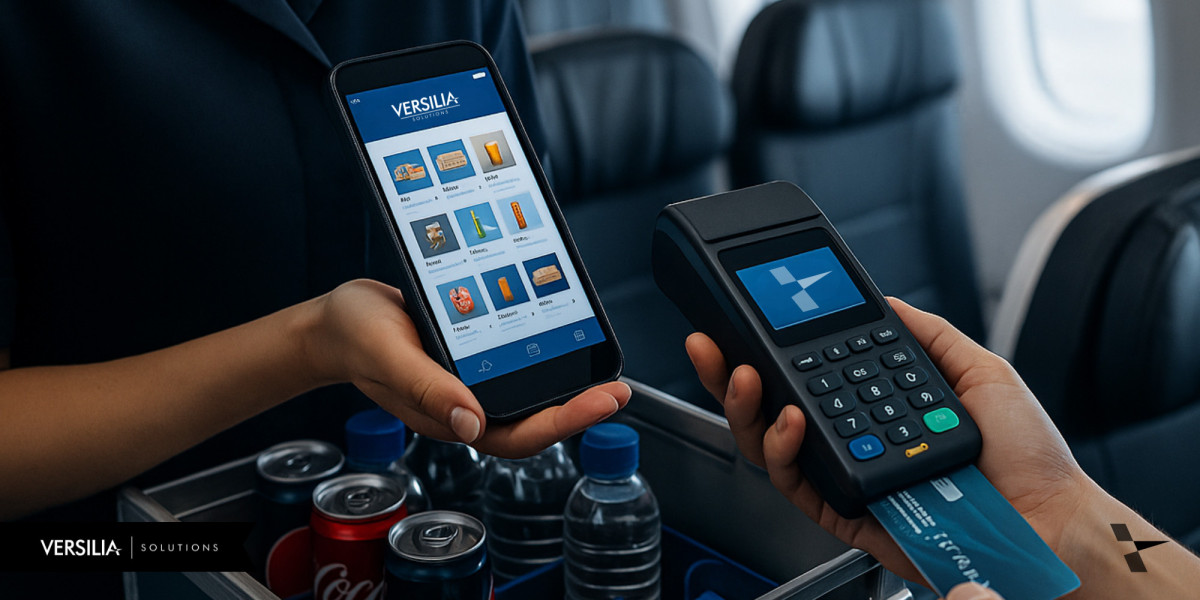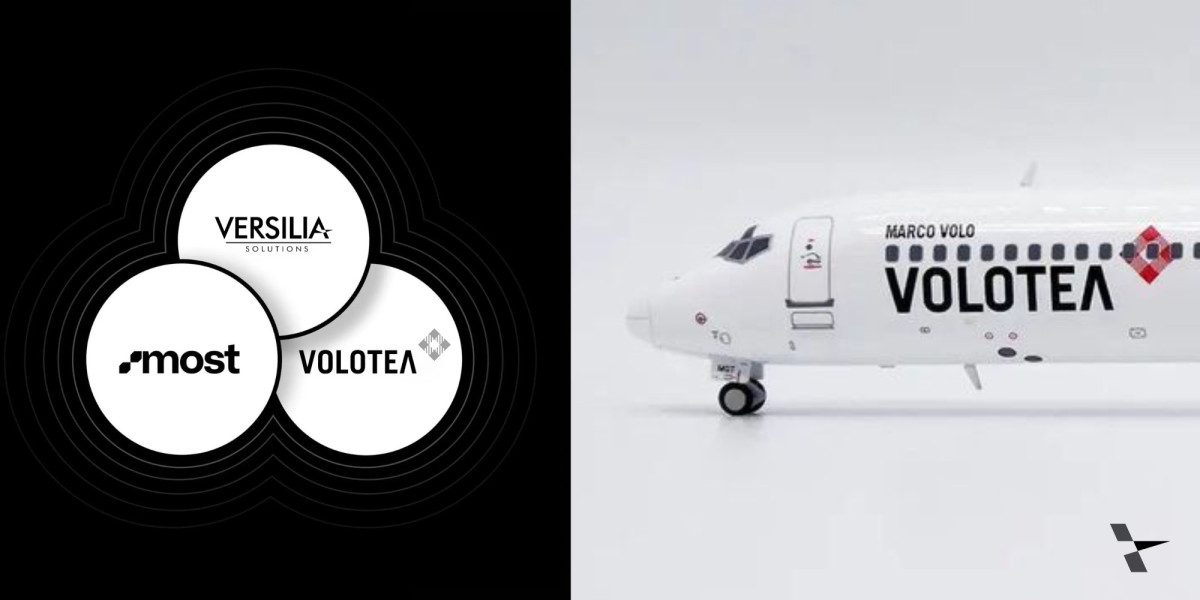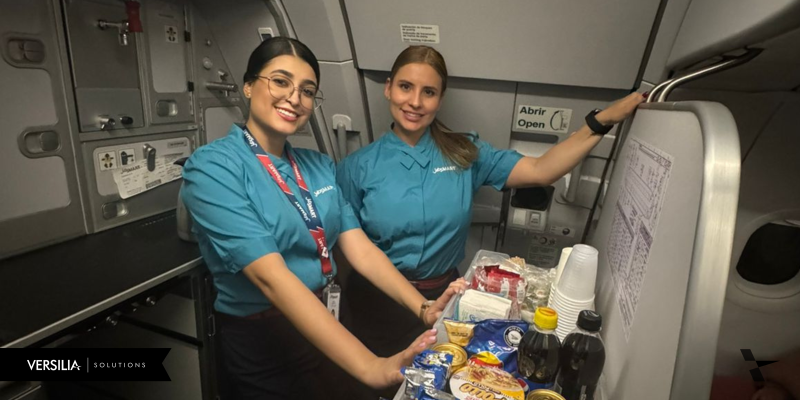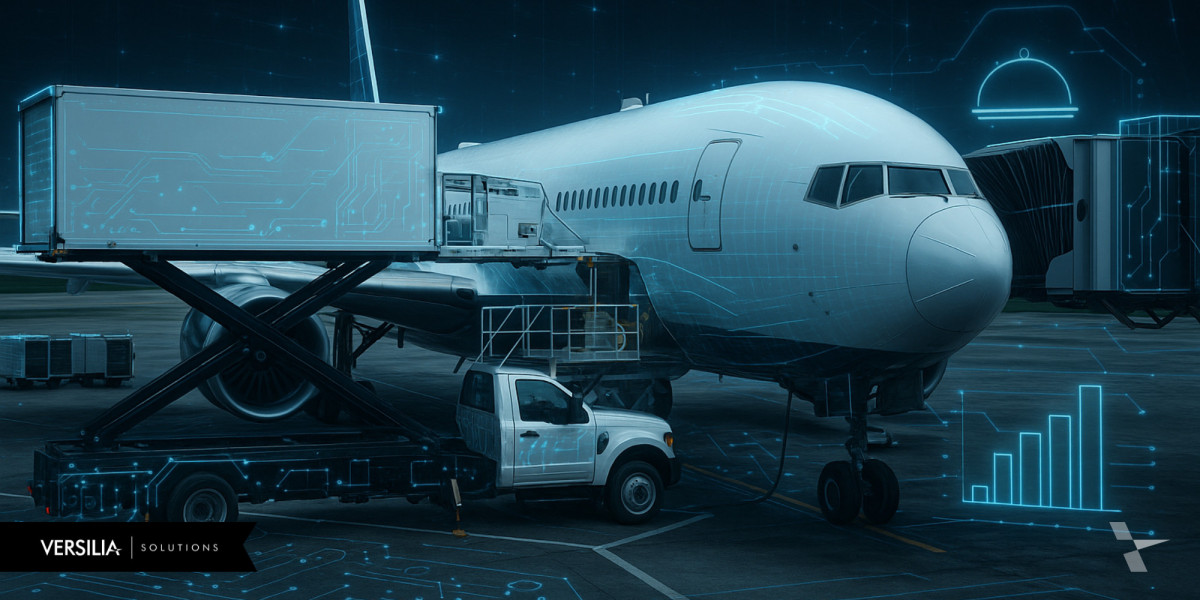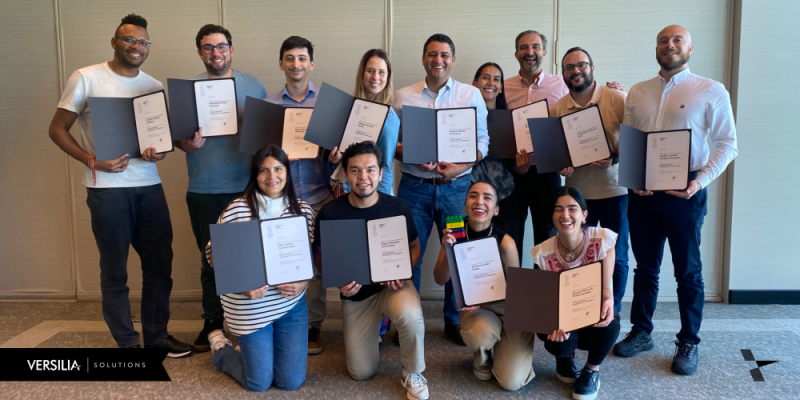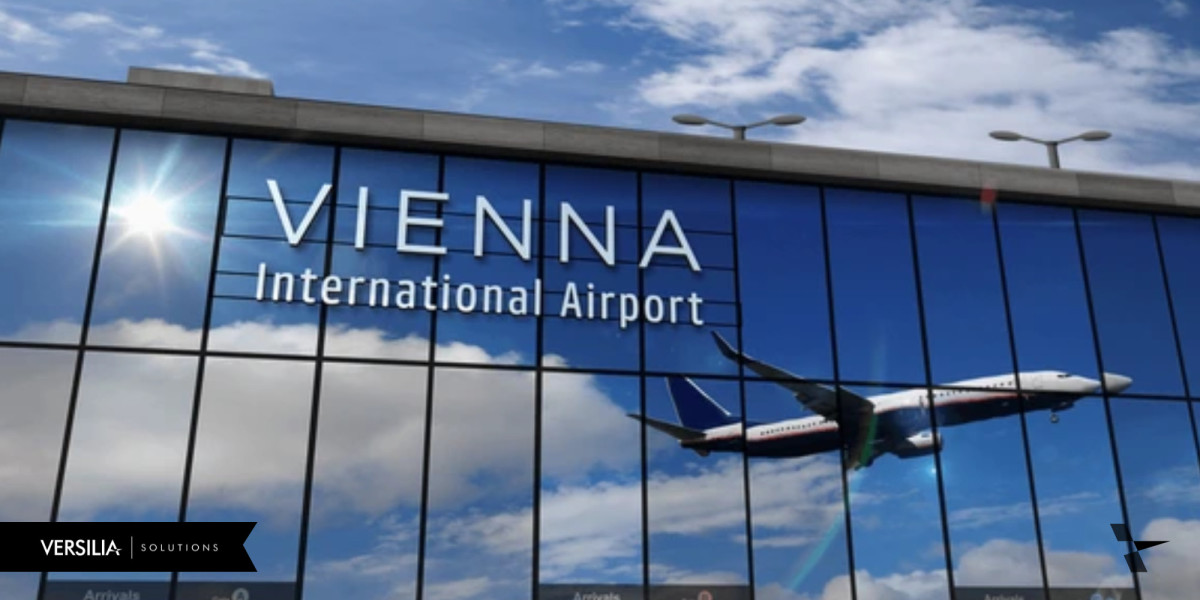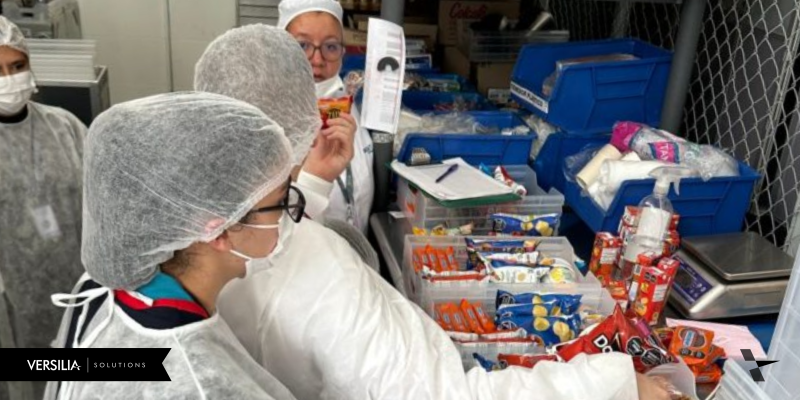

Catering to airline passengers with a payable service took off with the rise of the LCC industry in Europe during the first decade of this century. It was a resounding success, with early adopters such as easyJet, Wizz Air, Ryanair, and Norwegian Air Shuttle at times generating a significant share of their overall profits from onboard retail.
However, for most airlines that later converted to Onboard Retail, profitability proved elusive, with only a few exceptions in the European leisure (charter) sector and parts of Latin America.
There are, of course, multiple causes, including shifting the airline culture and crew resistance, but one factor stands out. While most airlines concentrate on the revenue side, which has proven rather inelastic and difficult to increase on a per-passenger basis, the largest cost component, ground logistics or catering handling, is often treated as a fixed cost. This means it does not always receive the focus it deserves, even though financial success is often found here.
The European success stories mentioned earlier were based on the then-new concept of the All-Day-Bar, whereby the barset (or shop) was loaded only at the start of the operating day and topped up as needed. This approach worked for these airlines, which all operated with very similar network structures. However, applying the same method in other geographies, with different network characteristics, failed to deliver comparable profitability.
In-depth research by Versilia Solutions showed that conversion rate differentials are mostly driven by network characteristics, and that the relationship between retail revenue and logistics costs differs significantly across geographies and airlines. Fixed loading schedules, as used in Europe, cannot simply be replicated elsewhere. Instead, they must be far more flexible and tailored to match the specific consumption patterns of each airline.
Flexibility is achieved by combining full catering exchanges (requiring trucks) with top-up operations conducted by smaller vehicles at a fraction of the cost, while also adjusting loading volumes to reflect expected demand. These new logistics models are driven by actual product consumption rather than fixed schedules. As a result, they become more complex and require extensive data analysis supported by bespoke systems. Initially managed through detailed Excel tables, these processes are now increasingly supported by AI and machine learning. Versilia’s own @Barset Allocation Tool (BAT) was designed precisely for this purpose—managing complex loading schedules across multiple bases and countries, and adapting dynamically to operational changes right up to and during the operating day.
Industry adoption, however, has been slow. Many outsourced retail providers remain tied to airline caterers, who are not inclined to invest in systems and processes that reduce the volume of tarmac logistics. Traditional system providers, focused mainly on EPOS, transaction processing, and payment solutions, often lack the operational expertise to address this challenge. As a result, many airlines that have transitioned to Buy on Board still operate with logistics systems designed for complimentary catering. This leads to inefficiencies, excessive wastage and shrinkage, and paradoxically, unmet demand, meaning they capture only a fraction of the potential financial benefits.
Versilia’s BAT was developed specifically to optimize network-wide airport loadings and can adapt to an airline’s needs to enhance customer satisfaction. As part of Versilia’s proprietary Onboard Retail ERP, BAT has helped partner airlines reduce loading costs by up to 60% compared to All-Day-Bar operations (with identical item pricing), without impacting revenues. Additionally, the system reduces product discrepancies (wastage/shrinkage), elevating the profitability of Buy on Board concessions to a new level.
